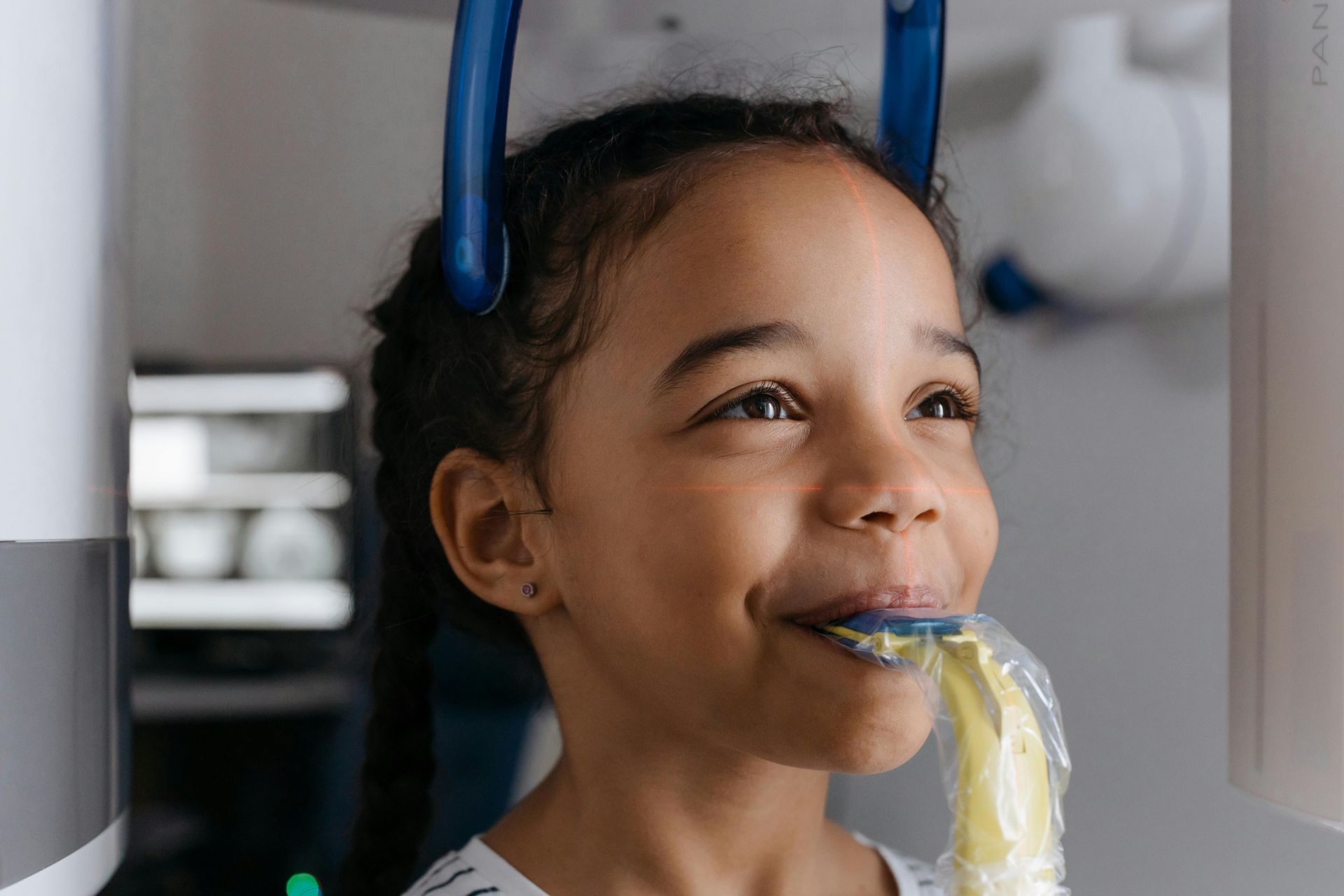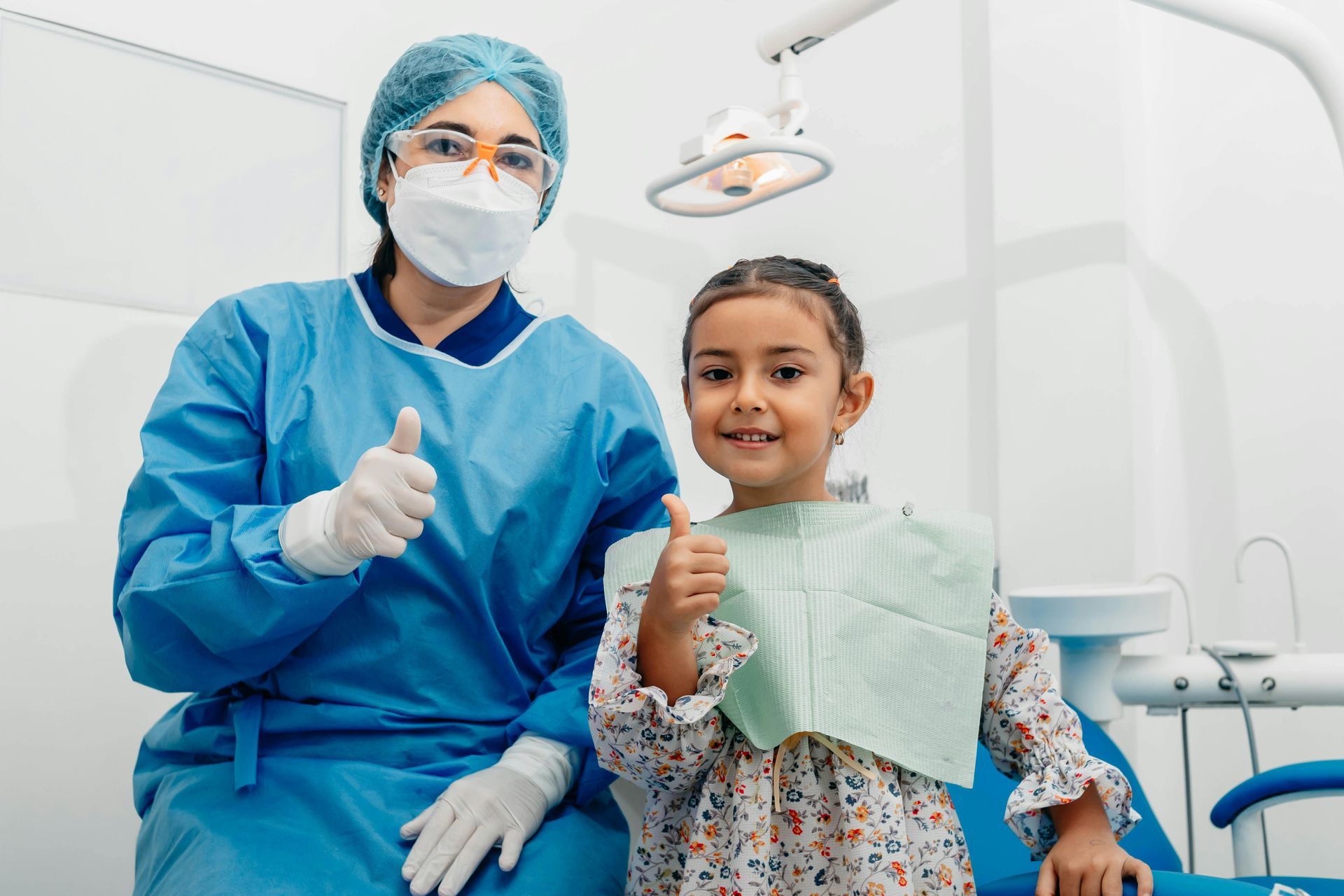First Visit
We know first visits can bring a mix of excitement and nerves. That’s why we create a welcoming, stress-free experience designed to build trust, confidence, and bright smiles from day one.

What Makes Pediatric Dentistry Different?
Not all dentists who see kids are pediatric dentists. Pediatric dentists complete years of additional training after dental school, specializing in child psychology, behavior guidance, and pediatric-specific Care. They’re experts in treating growing smiles and making dental visits positive, stress-free experiences—especially for young children, kids with dental anxiety, or those with special healthcare needs.
At Wild for a Smile, we provide true Pediatric Care, not just a kid-friendly office. Our team is specially trained to meet children where they are, helping them feel safe, confident, and in control.
Many general dentists market to kids—but that doesn’t mean they’re trained for them. A pediatric dentist isn’t just a dentist who sees kids. It’s a specialist who knows how to care for them. There’s a difference—and your child deserves it.
What to Expect
A child’s first dental visit is a big milestone, and we’re here to make it a smooth, positive experience. Our team takes time to introduce your child to the sights, sounds, and tools of the office in a way that feels fun, engaging, and non-intimidating. From the moment you walk in, we create a welcoming atmosphere where kids feel comfortable and parents feel reassured.
During the visit, we focus on gentle care, simple explanations, and positive reinforcement. We take a preventative approach, checking for early signs of dental concerns and providing helpful guidance for at-home care. By making this first visit stress-free and enjoyable, we help set the foundation for a lifetime of healthy smiles.
Every child reacts differently to new experiences—and that’s okay. Whether your child walks in excited, cautious, or ready to make a break for it, we’ll work together to create a positive visit.
You’re welcome to join your child in the treatment area or let them take this step on their own. For safety reasons, siblings will need to stay in the reception area so we can focus fully on your child. If you choose to stay, here’s how we can team up for the best experience:
1
Let us take the lead
Kids take cues from us and you. Staying a calm, silent observer helps us communicate clearly and keeps the visit running smoothly.
2
Support our kid-friendly language
We keep things light (we “chase sugar bugs” instead of “drilling teeth”). Sticking to these phrases helps make the visit feel easy and fun.
3
Expect big feelings
Some kids wiggle, some hesitate, some negotiate mid-visit—it’s all normal! We’ll help guide them through with patience, redirection, and a little fun along the way.
Advanced Care, Designed for Growing Smiles
At Wild for a Smile, we use the latest kid-friendly technology to provide safe, gentle, and effective care for babies and children of all ages. Every tool and treatment is chosen with comfort, safety, and happy smiles in mind.
Digital X-Rays – Low-radiation imaging for a safer, faster look at growing teeth.
White Fillings – Mercury-free, strong, and natural-looking.
Fluoride Treatments – Strengthens enamel and helps prevent cavities.
Nitrous Oxide ("Laughing Air") – A gentle way to ease nerves and create a calm experience.
Sedation & General Anesthesia – Safe, supervised options for children who need extra support.
We’re here to make every visit easy, stress-free, and positive—so your child can build a lifetime of healthy, happy smiles.

Ready to Book an Appointment?
Every smile is worth celebrating. Whether your child is excited, unsure, or somewhere in between, we’re here to make each step easy, comfortable, and full of small wins.
Book an appointment today and let’s make their next visit a great one.

